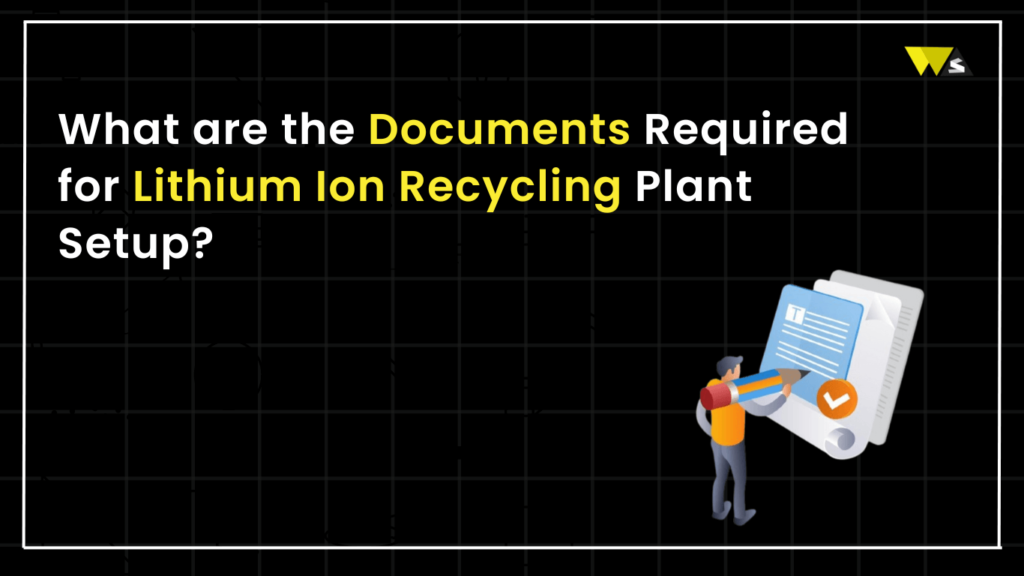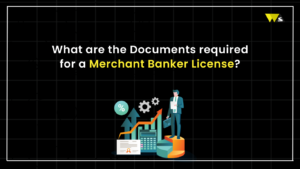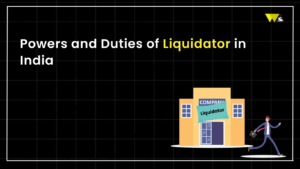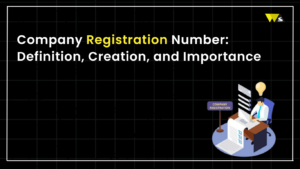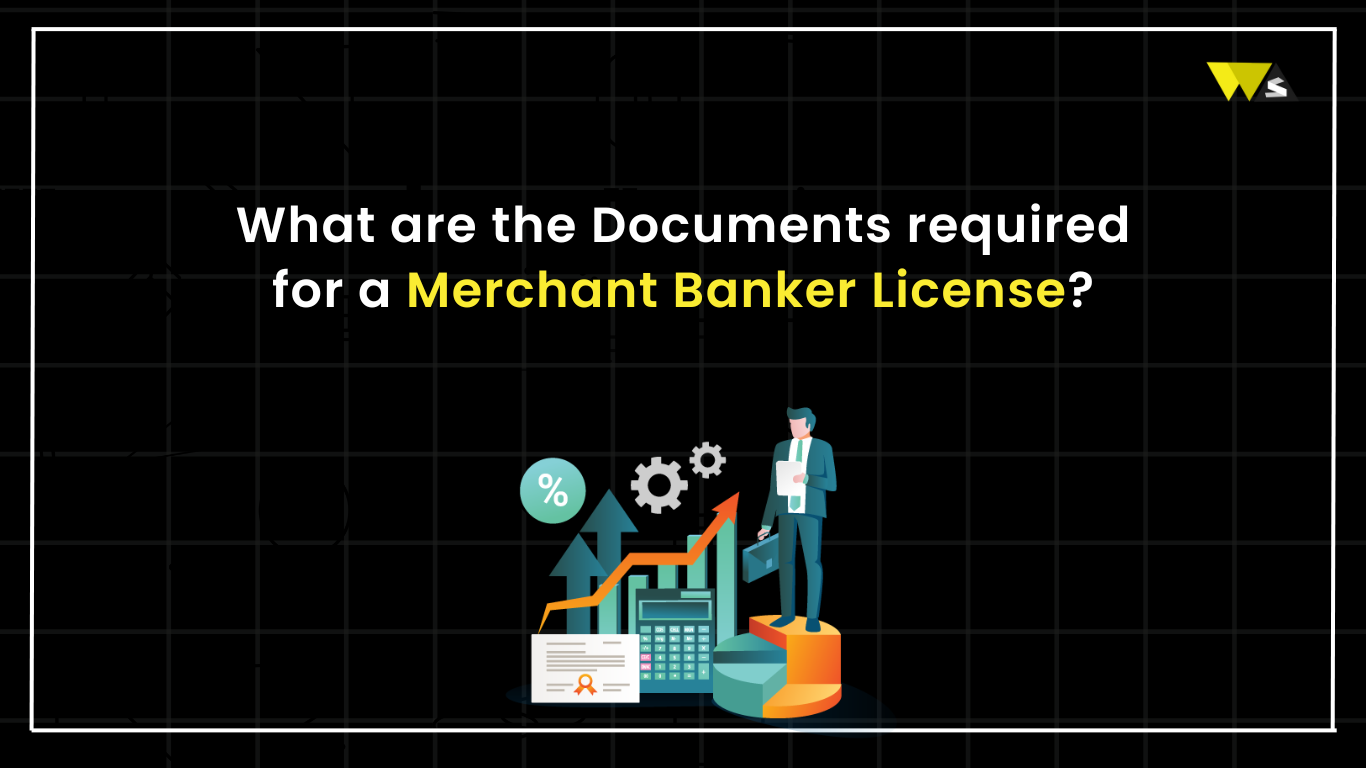To set up a lithium-ion Battery recycling plant, one must have positive funding for business development, documents required for lithium-ion battery recycling plant setup, recycling processes of lithium-ion batteries, permits, and compliance with environmental and other prevailing laws.
As a result, the recent electric vehicles demand has significantly increased the scope of consumption of lithium-ion batteries. The demand for electric vehicles is turning out to be in more demand than ever before. To combat the fast consumption rate of these natural non-renewable gasoline, diesel, and CNG resources, the government has provided incentives when buying electric vehicles (EVs).
Therefore, establishing a lithium-ion recycling plant is a great opportunity. As per the latest news, India’s electric vehicle market will grow largely.
What is Lithium Ion Battery Recycling Plant?
- The lithium-ion recycling plant usually separates lithium-ion battery components to re-produce raw materials.
- Manufacturers purchase the recovered raw materials to produce new batteries.
- This may help environmental sustainability by reducing resource use to meet demands for Li-ion batteries for different applications.
What is the Process of Lithium Ion Battery Recycling?
- Collection and Sorting: Batteries reach their end of life because of collection from companies, houses, and OEMs; these materials are notionally segregated.
- Discharge: Batteries are fully discharged to start energy flow during processing.
- Dismantling: Mechanical or manual disassembling of lithium-ion batteries is done in this process.
- Separation of Materials: It discusses the mechanical means of separating the required raw materials.
- Hydrometallurgy: Dissolving metals in the presence of water or any solvent is done in this process.
- Pyrometallurgy: This describes the processes that need high temperatures to melt and then to separate the materials.
- Mechanical Processes: Techniques for separating components that involve physical separation and shredding.
- Purification and Refinement: Recycled materials undergo suitable processing to produce new batteries.
- Manufacturing: In an economic cycle, they are returned to battery producers as refined materials to create a circuit.
Benefits of Lithium Ion Battery Recycling Plant Setup
- Resource Conservation: Recycling uses precious metals that would otherwise be created by mining natural resources, which is politically sensitive and known to have catastrophic environmental effects.
- Environmental Protection: Proper recycling lowers pollution by preventing hazardous materials from getting into the ground and water supplies.
- Economic Advantages: Recycling has positive ripple effects that increase employment and the economy, especially in the green technology sector.
- Supply Chain Safety: It also effectively addressed the problem of importing necessary raw materials to manufacture batteries.
Documents Required for Lithium-Ion Battery Recycling Plant Setup
Accumulators, chemicals, hazardous waste, and treatment processes are single unfathomable facets of environmental harm found at the Li-ion battery recycling plant. Accordingly, these businesses are monitored by authorities and compelled to follow relevant legislation, complete all necessary documentation, and satisfy compliance standards. The documents required to establish a lithium-ion recycling plant in India are as follows:
- Aadhaar and PAN of a person
- Registration of Business (NISME, Partnership, CIN etc.)
- PAN Card of the Company
- Company’s GST Registration
- Udyog Aadhaar (if Applicable)
- MoA and AoA of the Company
- OTR under BMW rules
- Authorization of Hazardous waste management
- Import Export Certificate issued by Ministry of Commerce & Industry (in case of importers)
- District Industries Centre registration
The process to be followed for Lithium-Ion Battery Recycling Plant Setup
- The State Pollution Control Board’s approval for the management of lithium-ion battery waste for recycling should be obtained after the establishment and operation of the lithium-ion battery recycling plant have been approved.
- The SPCB maintains a consent management system that makes these authorizations available. Such duties are performed by the Pollution Control Committees, not the SPCBs, for Union Territories.
- The recyclers are also required to register by the Battery Waste Management Rules. Together with the paperwork mentioned above, Form 2A must be submitted to the State Pollution Control Board for battery waste management permission.
- The application must include every relevant documentation, and Form 2B will be used to receive SPCB approval. The applicant can then initiate setup of a lithium-ion battery recycling plant.
- As lithium-ion batteries are classified as hazardous waste by the State Pollution Control Board, recycling them under hazardous waste management requires permission.
Role of the Recyclers in Lithium-Ion Battery Recycling Plant Setup
- Recyclers must ensure lithium-ion battery recycling practices adhere to the CPCB’s regulations.
- The guidelines outlined in the Solid, Plastic, Hazardous, or E-trash Management Rules must be followed when handling any trash produced, processed, or otherwise.
- Waste battery removal is the recycler’s responsibility if they purchase any equipment. No equipment should be kept in storage with its batteries depleted.
- The recycler on the CPCB portal must submit regular quarterly returns. It is illegal for recyclers to become members of any organization that is not registered according to the provisions of this law.
A quarterly report outlining the quantity of batteries recycled during that specific time frame should also be posted on the CPCB portal. After recycling their batteries, rechargers are also required to give parties a certificate of recycling.
Conclusion
Setup a lithium-ion battery recycling plant is an effort that brings with it various challenges yet, in the end, is rewarding. The preparation is extensive, from securing the permits to attaining investor support and community assistance. Make sure you prepare all documents to run a facility that is not only compliant but also perfectly sustainably situated for long-term growth in a rapidly growing industry.
It is also essential not to forget that talking about the plans with some legal and environmental consultants may speed up the running of things and keep you from making hard-to-correct, expensive mistakes. Good and planned documentation can lead your plant to be of utmost importance for the phase-out from being a linear economy to a circular one.
Read our blog: What are the Benefits of Lithium Ion Battery Scrap Import License?

